The world of audio processing continues to evolve at a rapid pace, with new techniques and algorithms pushing the boundaries of what's possible in sound design and music production. Among these innovations, the concept of reverse reverb with pre-delay has emerged as a powerful tool for creating atmospheric, otherworldly effects that captivate listeners. This technique, which involves carefully manipulating the timing and characteristics of reverberation, has found applications across various genres from cinematic scores to experimental electronic music.
Understanding the fundamentals of reverse reverb requires first grasping how traditional reverb works. Natural reverberation occurs when sound waves reflect off surfaces in an environment, creating a series of decaying echoes that our brains perceive as spatial information. Digital reverb algorithms aim to recreate this phenomenon artificially. Reverse reverb flips this concept on its head by presenting the decay before the original sound, creating a surreal "backwards" effect that seems to swell into the audio rather than trail away from it.
The introduction of pre-delay to reverse reverb adds another layer of sophistication to this effect. Pre-delay refers to the brief period of silence between the original sound and the onset of reverberation. In conventional reverb, this helps separate the direct sound from its reflections, making the audio clearer. When applied to reverse reverb, pre-delay becomes a crucial parameter for controlling the dramatic buildup before the main sound hits.
Modern implementations of reverse reverb with pre-delay algorithms involve complex digital signal processing techniques. At their core, these algorithms typically work by first analyzing the input signal to determine appropriate reverb characteristics. The system then generates the reverb tail in reverse order, applies the specified pre-delay, and finally crossfades between the reverse reverb and the original signal. This process requires precise timing control and sophisticated buffer management to ensure smooth transitions.
One of the key challenges in designing effective reverse reverb algorithms lies in maintaining natural sounding results despite the unnatural temporal inversion. The human ear is remarkably sensitive to artificial sounding reverberation, so algorithm developers must pay careful attention to the spectral characteristics and decay patterns. High-quality implementations often incorporate multi-band processing to ensure different frequency components decay at appropriate rates, even when played in reverse.
The musical applications of reverse reverb with pre-delay are as varied as they are creative. In film scoring, the effect frequently appears in dream sequences or flashbacks, creating an ethereal quality that transports viewers between different states of consciousness. Electronic musicians use it to build tension before drops or transitions, while rock producers might apply it to vocals for dramatic emphasis on certain lyrics. The pre-delay parameter proves particularly useful for synchronizing the effect with musical timing, allowing the reverse swell to land precisely on beat.
Technical considerations for implementing reverse reverb algorithms extend beyond just the audio processing itself. Memory management becomes crucial, as the system needs to buffer enough audio to generate the reverse reverb tail before the actual sound occurs. This introduces inherent latency that must be carefully managed, especially in live performance situations. Modern solutions often employ look-ahead techniques and intelligent buffering to minimize this latency while maintaining the desired effect quality.
As with many audio effects, the most compelling uses of reverse reverb with pre-delay often come from breaking the "rules." While the traditional approach calls for subtle applications that serve the music, some of the most memorable productions feature extreme settings that transform ordinary sounds into completely new textures. Experimentation with very long pre-delay times or combining reverse reverb with other effects like granular synthesis can yield surprisingly musical results that push creative boundaries.
The future of reverse reverb algorithms likely lies in greater integration with artificial intelligence and machine learning techniques. Imagine systems that can analyze musical context and automatically adjust parameters for optimal effect, or that can learn from a producer's previous choices to suggest appropriate settings. As processing power continues to increase, we may see even more sophisticated implementations that blur the line between traditional reverb and complete sound transformation.
For audio engineers and producers working with reverse reverb, understanding the underlying technology can inform more creative applications. Knowing how pre-delay affects the perception of space, or how different decay curves influence the emotional impact of the effect, allows for more intentional sound design. The best results often come from combining technical knowledge with artistic experimentation, using the algorithm as a tool rather than letting it dictate the creative process.
In the realm of plugin development, reverse reverb with pre-delay has become a standard feature in many high-end reverb processors. However, the quality of implementation varies significantly between products. Top-tier plugins offer extensive control over every aspect of the effect, from precise pre-delay timing to customized envelope shaping of the reverse tail. Some even provide unique features like dynamic pre-delay that responds to input level or tempo synchronization for musical applications.
The psychoacoustic principles behind why reverse reverb works so effectively on human perception remain an area of ongoing research. There's something fundamentally attention-grabbing about sounds that appear to emerge from silence rather than fade into it. This phenomenon likely relates to how our brains process anticipation and surprise in auditory information. The pre-delay component adds to this by creating a moment of tension before both the reverb swell and the main sound occur.
As digital audio workstations become more powerful and accessible, reverse reverb with pre-delay has transitioned from being a specialized studio trick to a standard production tool available to anyone. This democratization of advanced audio processing means we're hearing the effect in more contexts than ever before - from professional studio productions to bedroom recordings. The challenge for creators now lies in using these tools tastefully and originally, rather than relying on presets and predictable applications.
Looking at specific musical examples reveals how reverse reverb with pre-delay has shaped iconic sounds across decades. The effect's use in 1980s pop drums created those characteristic explosive snare sounds, while in modern hip-hop it might subtly enhance a vocal ad-lib to make it pop out of the mix. In each case, the careful adjustment of pre-delay timing makes the difference between an effect that serves the music and one that distracts from it.
The development of reverse reverb algorithms continues to benefit from advancements in other areas of audio technology. Improvements in convolution processing have led to more realistic reverse recreations of actual spaces, while physical modeling techniques allow for entirely synthetic reverberation tails with precisely controlled characteristics. These technological strides give sound designers an ever-expanding palette of options for crafting unique auditory experiences.
Ultimately, the power of reverse reverb with pre-delay lies in its ability to manipulate our perception of time and space in audio. By inverting the natural order of sound and its reflections, and carefully controlling the timing between them, producers can create everything from subtle enhancements to complete sonic transformations. As the technology continues to evolve, we can expect even more sophisticated implementations that open new creative possibilities for musicians and audio engineers alike.

By /May 30, 2025

By /May 30, 2025

By /May 30, 2025
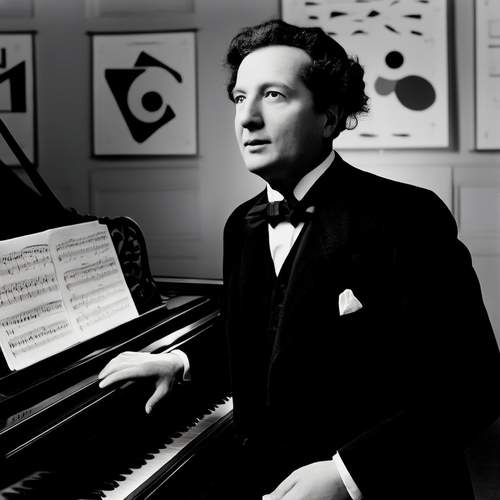
By /May 30, 2025

By /May 30, 2025
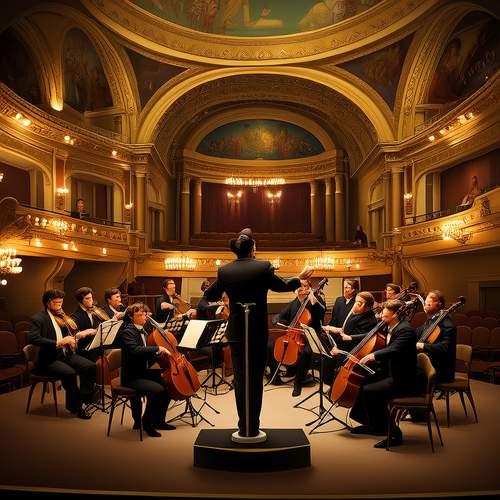
By /May 30, 2025

By /May 30, 2025

By /May 30, 2025

By /May 30, 2025

By /May 30, 2025
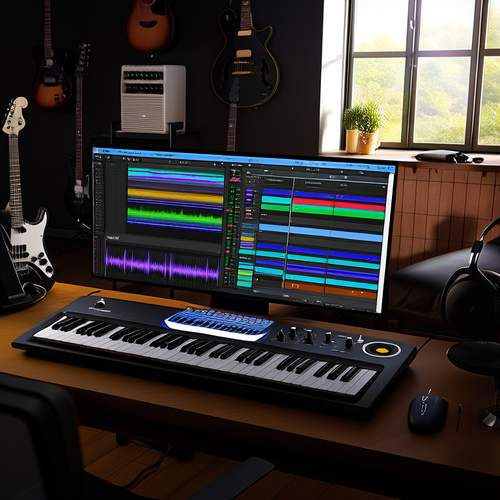
By /May 30, 2025
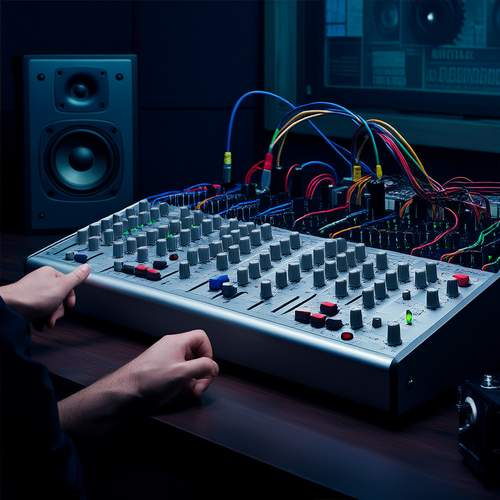
By /May 30, 2025
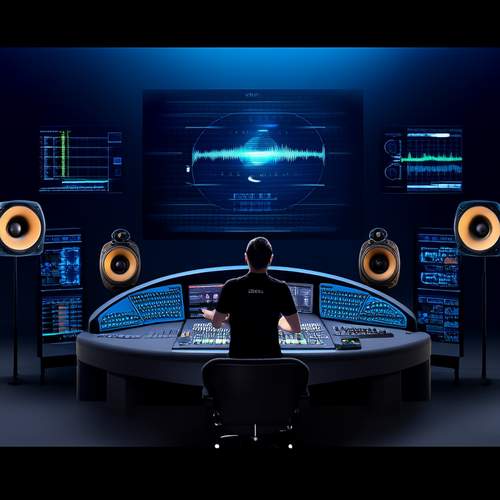
By /May 30, 2025

By /May 30, 2025
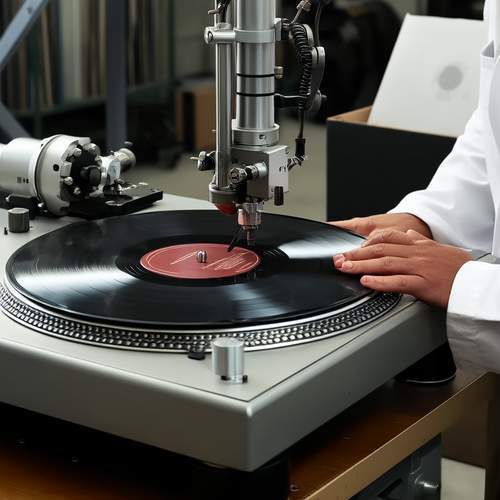
By /May 30, 2025
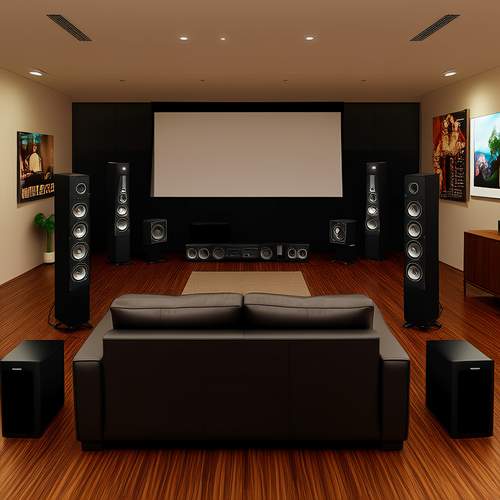
By /May 30, 2025

By /May 30, 2025

By /May 30, 2025
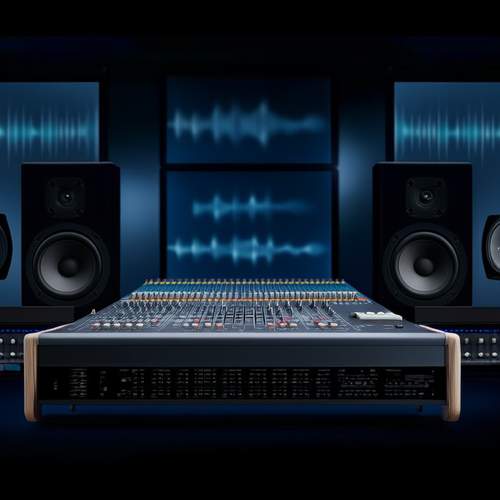
By /May 30, 2025

By /May 30, 2025